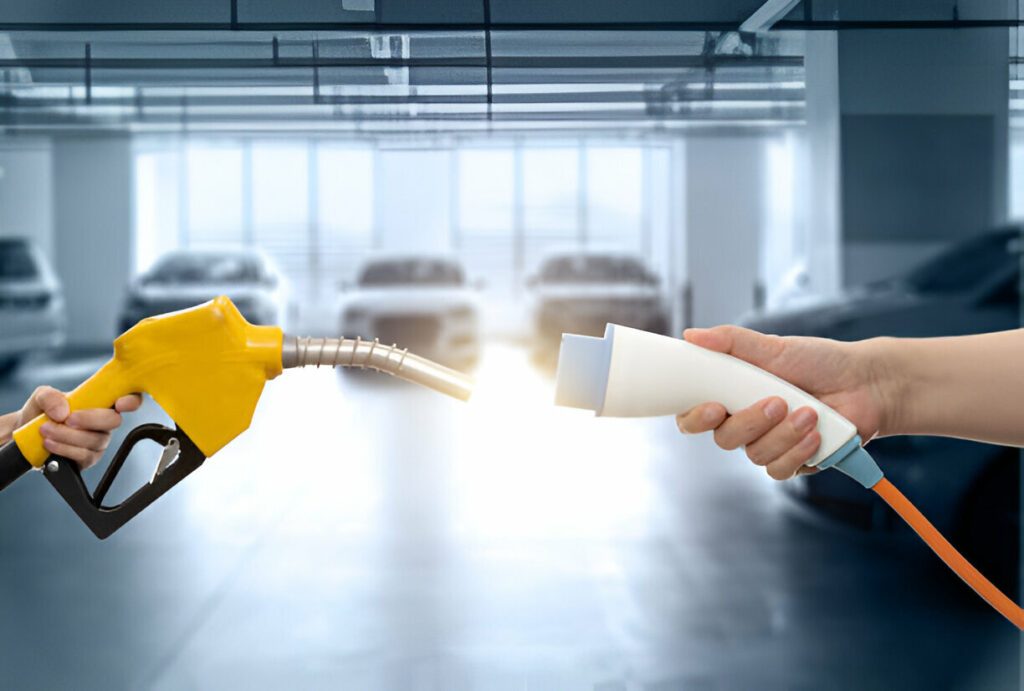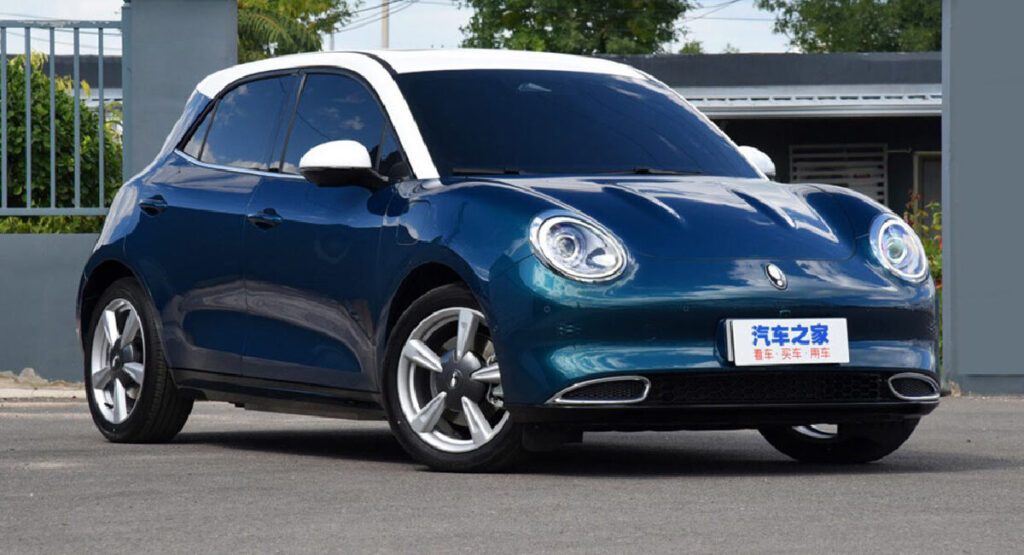In recent years, more and more people in Nepal are switching from ICE Vehicles to EVs. Let’s explore the reasons behind this shift from traditional internal combustion engine vehicles to electric vehicles in simple terms.
Environmental Benefits
Reduction in Air Pollution
One of the main reasons why people are switching from ICE Vehicles to EVs in Nepal is the environment. EVs produce zero emissions, which means they don’t release harmful gas into the air. This is especially important in cities where air pollution is a big problem. Cleaner air means healthier lungs and a better quality of life for everyone.

Climate Change Mitigation
EVs help reduce greenhouse gas that contribute to climate change. By using electricity instead of gasoline or diesel, EVs have a smaller carbon footprint. This helps in the global fight against climate change, making our planet healthier for future generations.
Economic Factors
Fuel Cost Savings
Electricity is cheaper than gasoline or diesel. This means that driving an EV costs less money than driving an ICE vehicle. Over time, the savings on fuel can add up significantly, making EVs a smart financial choice.

Government Incentives
Huge tax difference in between the ICE vehicles and EVs could be one of the major reasons why people are switching from ICE vehicles to EVs in Nepal. The Nepalese government offers various incentives to encourage people to buy EVs. These can include subsidies, tax breaks, and other financial benefits, making EVs more affordable and attractive to consumers.
Check out the EVs available in Nepal right now.
Technological Advancements
Improved Battery Technology
Advancements in battery technology have made EVs more efficient. Modern batteries have longer ranges and shorter charging times, making EVs more practical for everyday use.

Charging Infrastructure
Nepal has been developing its charging infrastructure, with more charging stations being installed across the country. This makes it easier for EV owners to charge their vehicles and reduces “range anxiety,” the fear of running out of power.
Health Benefits
Improved Public Health
By reducing air pollution, EVs contribute to better public health. Cleaner air can lead to fewer respiratory problems and other health issues, improving the overall well-being of the population.
Social and Cultural Shifts
Public Awareness and Education
People are becoming more aware of environmental issues and the benefits of EVs. Education campaigns and public awareness programs are helping to change perceptions and encourage more people to consider EVs as a viable option.

Changing Perceptions
EVs are no longer seen as niche or futuristic. They are becoming mainstream, with more models and options available to consumers. This shift in perception makes people more comfortable with the idea of owning and driving an EV.
Energy Independence
Reduction in Fuel Imports
Nepal imports a lot of fossil fuels, which can be expensive and unreliable. By switching from ICE Vehicles to EVs, Nepal can reduce its dependency on these imports, leading to greater energy security and stability.

Renewable Energy Synergy
Nepal has great potential for renewable energy, especially hydropower. Using locally produced renewable energy to power EVs creates a sustainable and eco-friendly transportation system.
Economic Development and Job Creation
Local Manufacturing
There are initiatives to manufacture EVs and their components locally in Nepal. This can boost the economy, create jobs, and reduce reliance on imported vehicles and parts.

Maintenance and Service Jobs
As more EVs hit the roads, there is a growing need for maintenance and service jobs. This creates new opportunities in the job market and supports the local economy.
Challenges and Solutions while Switching from ICE Vehicles to EVs
Overcoming Barriers
Switching from ICE Vehicles to EVs comes with challenges, such as range anxiety, high upfront costs, and limited infrastructure. However, these challenges can be addressed with better technology, more incentives, and continued development of charging networks.

Future Prospects
The future of EV adoption in Nepal looks promising. With ongoing efforts to overcome current obstacles, the shift to EVs is expected to continue, bringing numerous benefits to the country.
Incentives for Switching from ICE Vehicles to EVs
Personal Savings
Imagine saving money each month because you no longer need to buy expensive gasoline. Those savings can be used for other important things, like family expenses or personal hobbies.
Community Health
Think about the health of your children and family members. Less pollution means fewer health issues like asthma and other respiratory problems. Cleaner air can contribute to a healthier and happier community.
Local Support
Buying an EV means supporting local businesses. From mechanics to charging station operators, your choice helps create jobs and supports the local economy.
Conclusion
We can see why people in Nepal are increasingly choosing electric vehicles over traditional ICE vehicles. It’s a positive change that benefits the environment, economy, and public health, paving the way for a cleaner, greener future.
Stay tuned for more updates!





